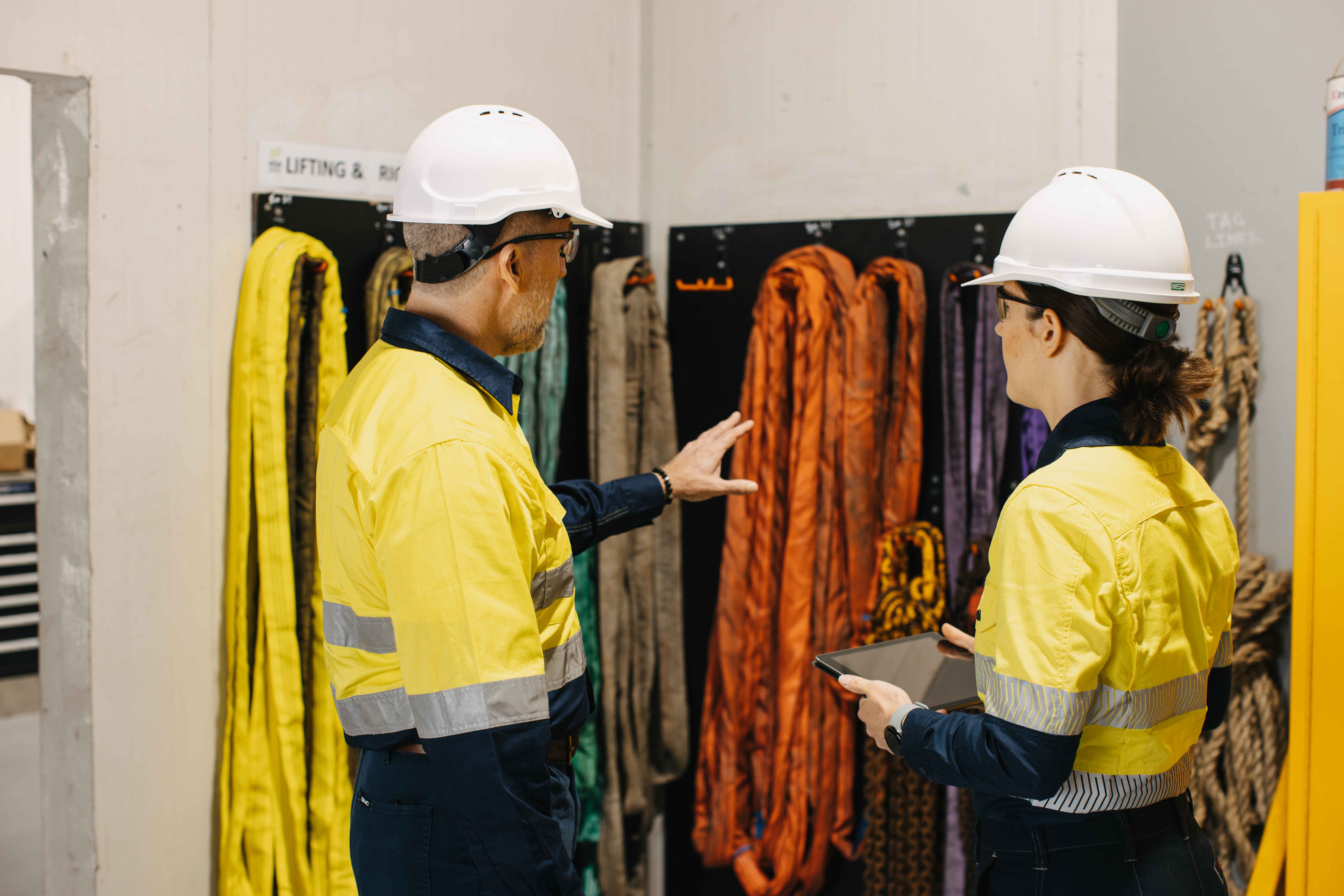Think about the systems you use every day to make your life easier, like the water that flows from your taps and the bulbs that light up when you flip a switch. These outcomes happen because there are systems in place to channel water or power through specific pathways, producing the same, reliable result each time.
Now imagine what would happen if those pathways weren’t clearly defined or maintained. If the pipes weren’t connected properly, you might turn on the tap and find no water or completely flood your kitchen. In the same way, when a system isn’t clear or consistently followed, the results can be unpredictable and, in many cases, hazardous.
This is where a work health and safety management system (WHSMS) comes in. Just like electrical or water systems, a WHSMS creates a uniform pathway for managing safety risks. A good safety management system ensures that every worker, across every department or location, knows how safety is to be managed and what is expected of them. Additionally, it serves as evidence that the system is being followed, which is particularly important during audits or investigations.
But before we get ahead of ourselves, let’s start from the top.
What is a Safety Management System?
If you’re a visual learner and want to need to know what a WHSMS physically looks like, it’s a suite of documents that usually lives online. Like an intranet for WHS.
The documents that live in a WHSMS describe how health and safety is managed within a workplace – we’ll get into detail about these documents later.
A safety management system should align with international standards, such as ISO 45001, which is a globally recognised standard for ensuring occupational health and safety (OHS). The aim of ISO 45001 is to reduce workplace incidents by providing a clear framework that any organisation can follow, no matter its size or sector.
The foundation of a WHSMS is built on the Plan-Do-Check-Act (PDCA) cycle. When followed consistently, this cycle ensures that risks are managed proactively, and that continuous improvement is an integral part of the system.
Do I Need a Safety Management System?
If you’re a one-man-band selling candles online, it’s unlikely. If you own a small construction company or manage a family business or anything bigger, yes you do. Remember, a safety management system is designed to help you manage your business’ risks consistently and effectively, which you need to do by law.
How is a Safety Management System Documented?
To ensure your system is applied consistently, it must be clearly documented. A well-designed WHSMS typically includes several types of documentation:
-
- Policy: The WHS policy outlines the organisation’s overall commitment to health and safety. It sets the tone and provides clear goals and expectations.
- Standards: These define specific requirements and rules for safety practices. Standards are often based on legal regulations, industry guidelines, or best practices.
- Procedures: These are detailed, step-by-step instructions that translate standards into practical actions. They ensure that everyone knows how to perform tasks safely.
- Forms and Templates: These tools are used to capture data, such as risk assessments, incident reports, and audits, ensuring consistency in how information is recorded and analysed.
This documentation is not just a formality, it’s a communication tool. So let’s look into some of the ways you can communicate a WHSMS.
How to Communicate a Safety Management System
Traditionally, WHSMS took the form of written procedures and manuals, but the way we consume information today has changed. No one reads lengthy PDFs anymore, particularly younger generations. A 2020 study by University of Queensland found that:
- students’ attention levels in lectures start declining after 10-15 minutes; and
- incorporating interactive activities every 15 minutes was shown to improve engagement and information retention.
Using communication tools, such as videos, animations, and digital platforms can make critical safety information far more engaging and easier to understand. This ensures that safety information is not only documented but also more memorable.
If you need help creating or communicating your safety management system, our WHS experts are here to help. Complete our contact us form today and we’ll be in touch.


